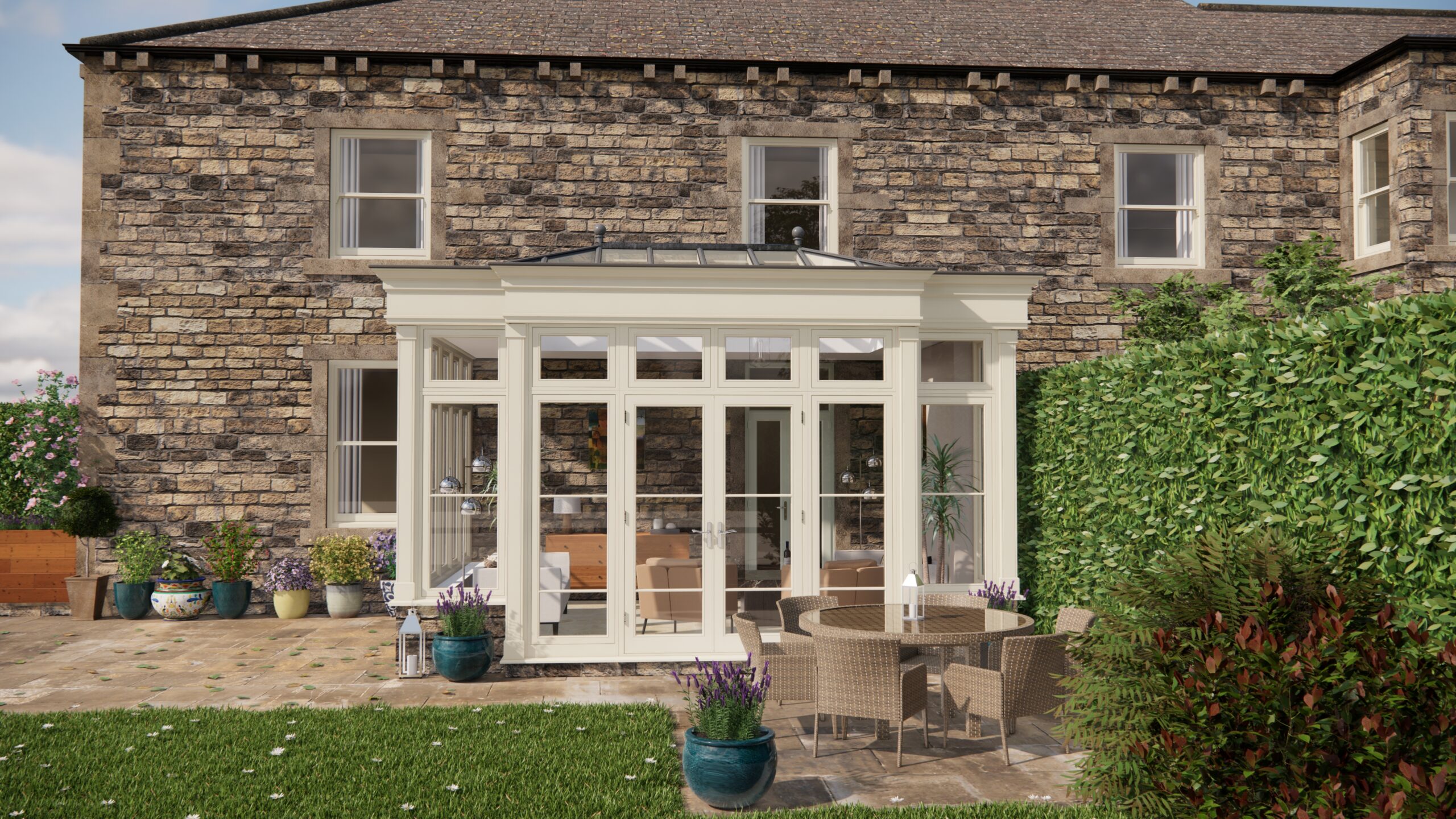Right, let’s get cosy and chat about orangeries and outbuildings – those beautiful extensions we all dream of! I recently sat down with Ethan, a structural engineer with a real passion for, well, structure and, crucially, keeping things safe and legal. We delved into the surprisingly complex world of building regulations, specifically how they relate to these garden additions.
Structural Integrity: The Foundation of Everything
“It all starts from the ground up, literally,” Ethan chuckled, sipping his tea. “You can’t just slap an orangery onto your patio and hope for the best. Foundations are key.” He explained that the type of foundation needed depends heavily on the soil conditions and the weight of the structure. A full site investigation, including soil testing, is usually necessary. This helps determine the load-bearing capacity of the ground and informs the foundation design. Consider the following: are we talking about a trench fill, a raft, or even piles? Each has its place, and getting it wrong can lead to serious (and expensive) problems later on.
Load-Bearing Walls and Roofs: More Than Just Pretty
Once the foundation is sorted, it’s all about the walls and roof. Are those walls load-bearing? This is crucial because load-bearing walls carry the weight of the roof and upper floors (if any). Modifying them without proper structural calculations and reinforcement can be disastrous. Similarly, the roof structure needs careful consideration. The choice of materials – timber, steel, or a combination – will influence the design. Snow loading, wind resistance, and the type of roof covering all play a part. He pointed out that engaging a structural engineer at this stage is vital. They’ll provide calculations and drawings that demonstrate compliance with building regulations.
Fire Safety First: Building Regulations Part B
Now, let’s talk fire safety. This is where Building Regulations Part B comes into play. “It’s not just about having a smoke alarm,” Ethan stressed. “It’s about containing a fire long enough for people to escape safely.” Key areas to consider are:
- Fire-resistant Materials: Using materials with appropriate fire ratings (e.g., fire-rated plasterboard, doors, and windows) can slow down the spread of flames.
- Escape Routes: Ensuring there’s a clear and unobstructed escape route from the orangery or outbuilding to a place of safety is paramount.
- Fire Doors: If the orangery connects to the main house, a fire door is often required to provide a barrier against fire and smoke.
- Smoke Detectors: Properly positioned smoke detectors are essential to provide early warning of a fire.
Ethan highlighted that the specific requirements depend on the size and type of building. A small, detached outbuilding will have different requirements than a large orangery attached to the main house. He recommended familiarising yourself with Approved Document B of the Building Regulations for detailed guidance. Remember to think about things like cavity barriers and stopping to prevent fire and smoke spreading.
Planning Permission and Listed Buildings: Navigating the Labyrinth
Of course, building regulations are just one piece of the puzzle. You also need to consider planning permission. Ethan explained that the rules vary depending on your location and the nature of the project. “If you live in a listed building, things get even more complicated,” he sighed. “You’ll need to obtain listed building consent before making any alterations.” He advised contacting your local planning authority early in the process to discuss your proposals and understand the relevant requirements. This can save you a lot of headaches (and money) down the line.
Pulling It All Together: Key Takeaways
So, where does all of this lead us? Well, Ethan helped me see that constructing an orangery or outbuilding is more than just bricks and mortar. It’s a process that requires careful planning, attention to detail, and a thorough understanding of building regulations. Don’t be tempted to cut corners or skip steps. Engage professionals – structural engineers, architects, and builders – who have the expertise to guide you through the process. Remember, compliance with building regulations is not just a legal requirement; it’s about ensuring the safety and longevity of your investment, and above all, the safety of your family.


